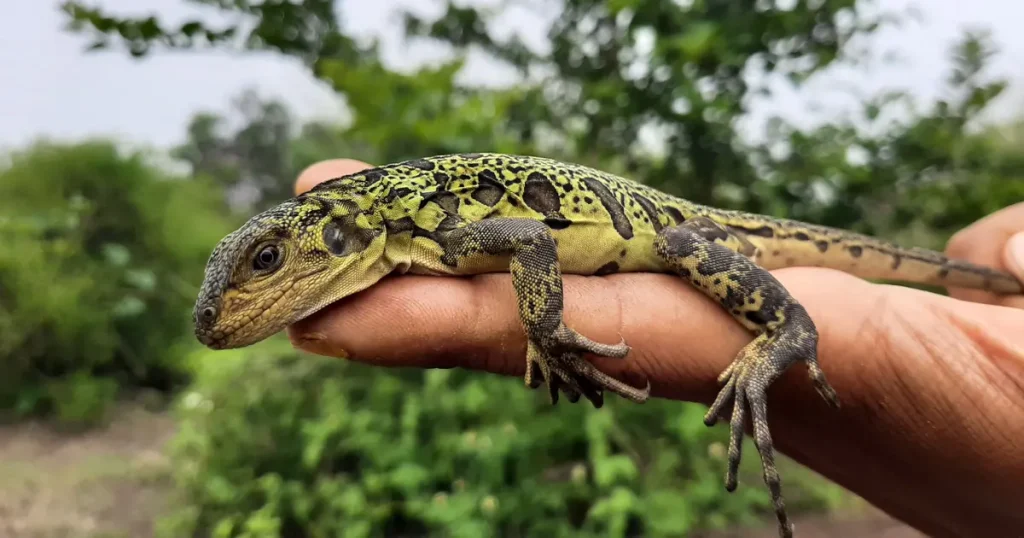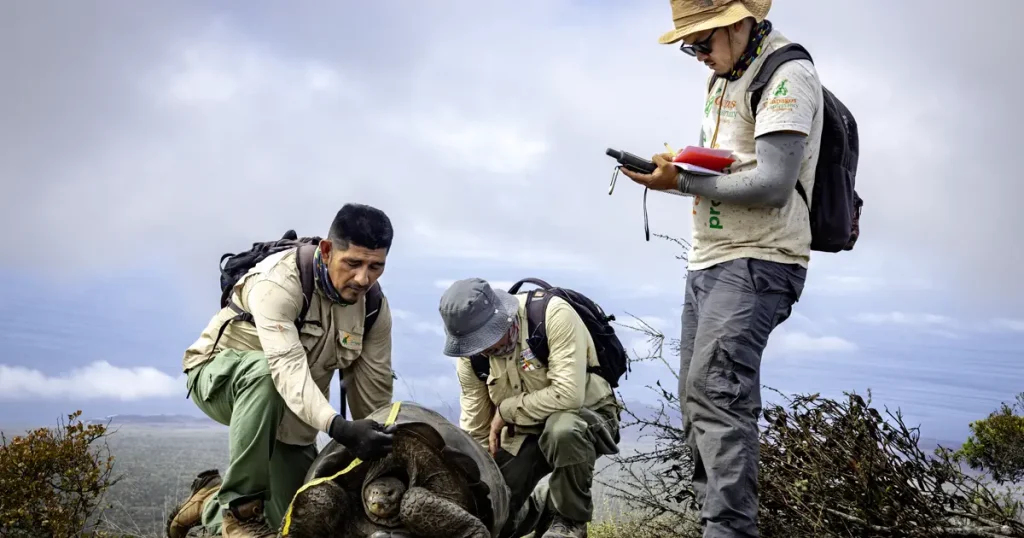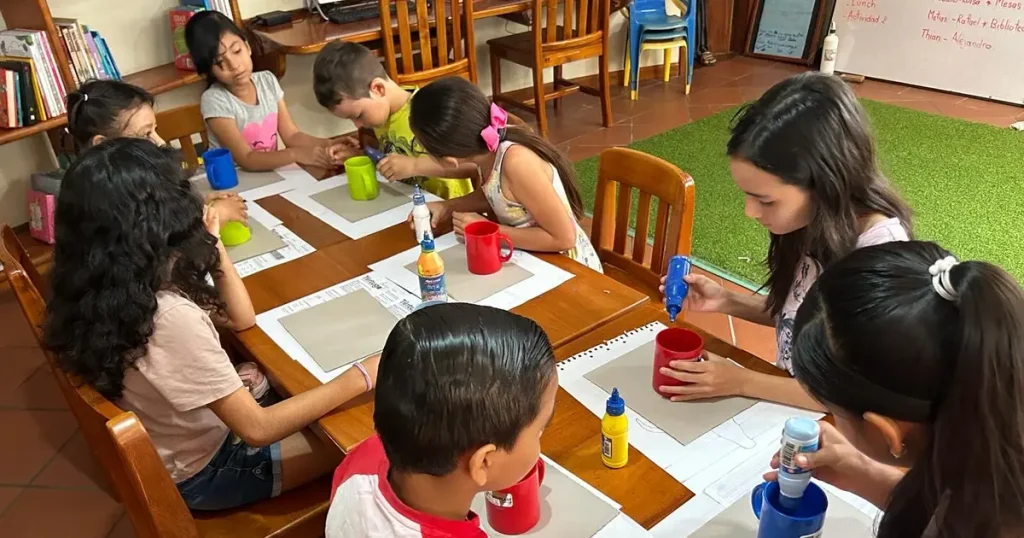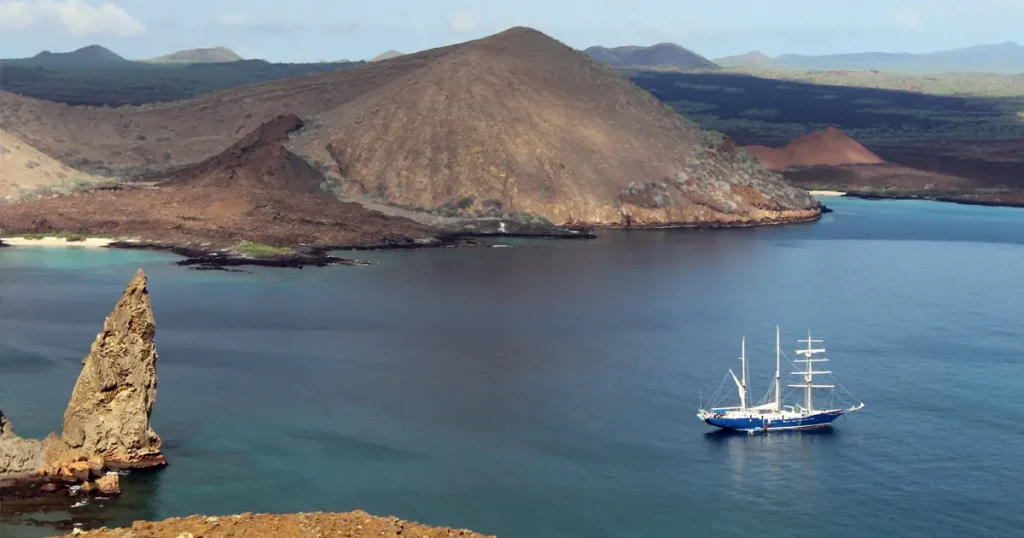Cradles of Hope: The Legacy of Giant Tortoise Breeding Centers in Galápagos
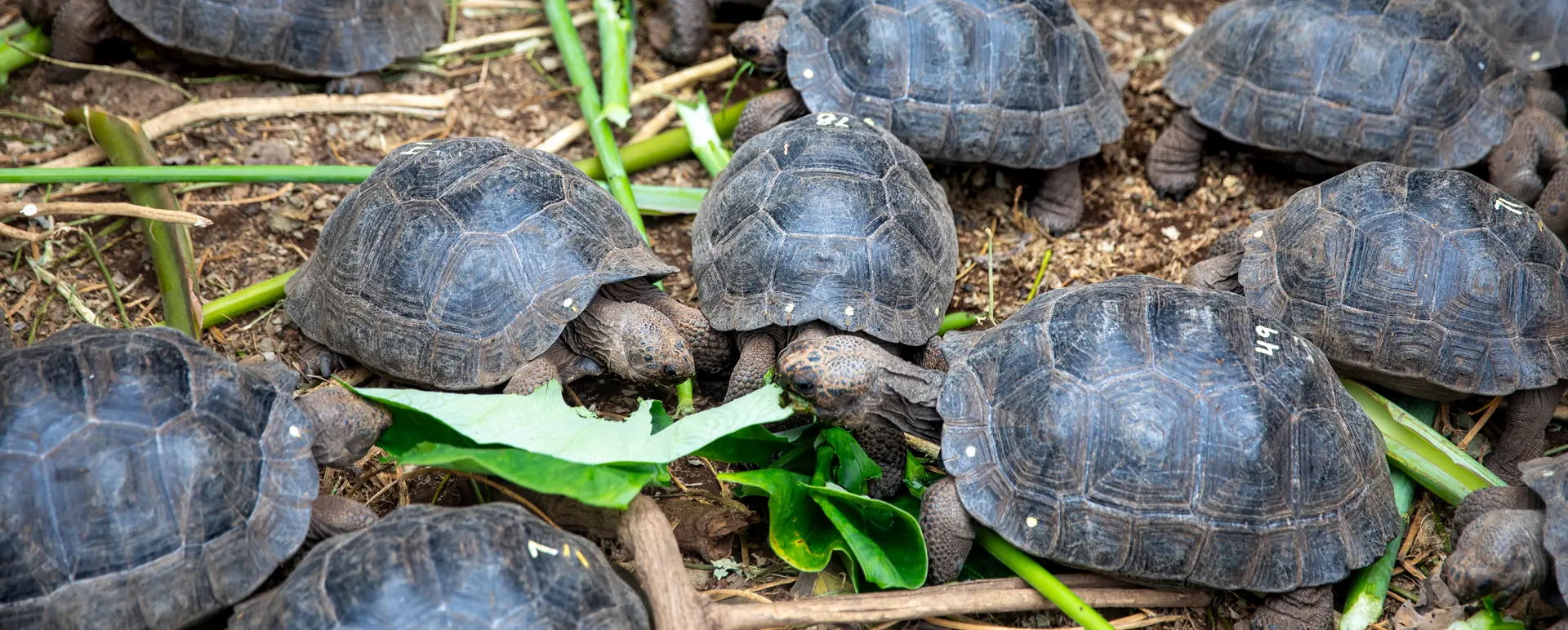
The Galápagos Islands are a biodiversity treasure trove, home to unique species found nowhere else on earth, including the iconic giant tortoises. Over three centuries, these majestic creatures were driven to the brink of extinction. Today, they are making a remarkable recovery, thanks in large part to the dedicated efforts of Galápagos Tortoise breeding centers. These centers are at the heart of one of the most successful endangered species rewilding efforts ever undertaken.
Since the discovery of the Galápagos 500 years ago, the archipelago’s endemic giant tortoises have faced drastic environmental changes, including severe threats to their survival. Unregulated hunting and the introduction of invasive mammals pushed three species into extinction and the populations of most of the remaining 12 species to dangerously low numbers. However, thanks to scientific advancements, conservation innovation, and the commitment of dedicated institutions and scientists, the giant tortoises of Galápagos are being given a second chance.
The first Giant Tortoise breeding center was established in the 1960s as a joint effort between the Galápagos National Park Directorate (GNPD) and the Charles Darwin Foundation (CDF), and quickly became the cornerstone of tortoise recovery efforts. Today, three breeding centers provide a safe haven where thousands of young tortoises grow under the care of dedicated park rangers until they are large and strong enough to return to their natural habitat. Since their establishment, these centers have successfully reintroduced more than 10,000 tortoises to their native habitats, an effort that is now carried out through collaborative work by the GNPD and Galápagos Conservancy under the Inciativa Galápagos program.
The Crisis That Led to the Creation of Breeding Centers
To understand the vital work being done by the GNPD and Galápagos Conservancy, one must first understand the depth of the crisis that prompted the creation of the breeding centers.
By the 1950s, scientists were sounding the alarm: giant tortoise populations had been devastated by centuries of human exploitation and the spread of invasive species, including goats (Capra hircus), pigs (Sus scrofa), and black rats (Rattus rattus), which posed a variety of threats.
To combat this crisis, the first Giant Tortoise breeding center was established in 1965 on Santa Cruz Island. This was eventually followed by the creation of two additional centers on Isabela and San Cristóbal islands.
How Do the Breeding Centers Work?
The breeding centers follow a carefully designed process to maximize hatching success and survival to support population recovery:
- Egg collection and incubation: Eggs are collected from tortoise nests in the wild and transferred to the breeding centers, where they are incubated under controlled conditions, ensuring their safety from predators and harsh environmental conditions.
- Temperature control for sex determination: Scientific research has shown that incubating tortoise eggs at higher temperatures produces more females, thereby accelerating population recovery.
- Safe rearing: Once hatched, the young tortoises remain in the protected environment of the centers for at least five years, the threshold age at which they are strong enough to survive on their own in the wild.
- Release into native habitats: After 5 years, young tortoises are returned to their home islands to grow for another 10 years until they mature and start breeding in the wild on their own.
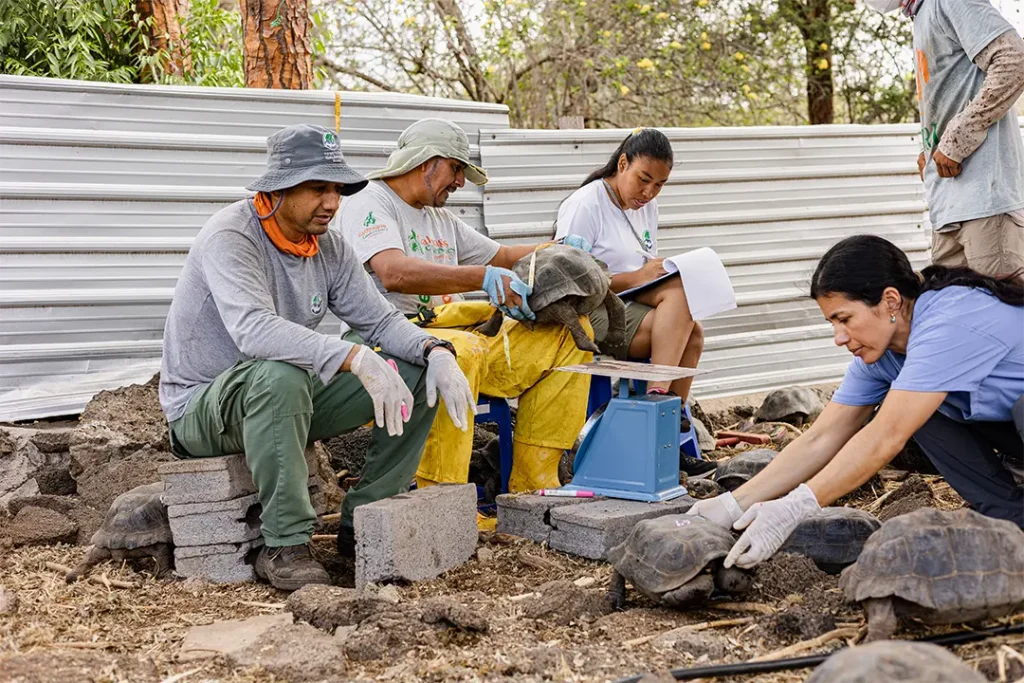
This program has saved several species from extinction, including the Española Island tortoise (Chelonoidis hoodensis). In the late 1970s, only 14 Española tortoises remained in the wild, and another was discovered in captivity in California. Thanks to the concerted efforts of the breeding program, these 15 tortoises produced more than 2,000 offspring in captivity. These have all been successfully reintroduced to Española Island, where the population is now recovering on its own.
The Science Behind Giant Tortoise Conservation
The conservation of Galápagos giant tortoises depends not only on dedicated human efforts but also on cutting-edge science and technology that guides every stage of their recovery. Over the years, the breeding centers have integrated numerous scientific advancements, which have significantly improved incubation success rates, captive rearing techniques, and overall survival in the wild.
One groundbreaking innovation was the introduction of automated incubators. These state-of-the-art systems, equipped with microprocessors, allow for precise temperature control and reliable incubation, ensuring optimal conditions for tortoise embryo development and survival. Since their implementation in 2017, these incubators have achieved an impressive 90% hatching success rate—a major breakthrough in tortoise conservation. In the wild, less than 10% of tortoise eggs laid hatch. Boosting hatching rates greatly increases numbers of tortoises and speeds their recovery.
Scientific research has also played a key role in revealing how temperature influences the sex of hatchlings. With this knowledge, breeding programs have refined incubation protocols to favor the production of females, a crucial strategy for accelerating population recovery and ensuring long-term stability in the wild.
After incubation, hatching, and rearing, successful tortoise reintroduction requires rigorous ecological assessments. Prior to each release, experts carefully evaluate environmental conditions to determine the optimal habitat and best window for return—specifically, after rains have created ample forage for the young tortoises.
Additionally, field studies have been instrumental in identifying the optimal size and age for reintroduction, maximizing survival rates while refining conservation strategies and resource allocation. We are continually refining our methods for monitoring tortoise populations in their natural habitat to better measure the success of these conservation efforts. Employing these methods ensures that every released tortoise has the highest chance of thriving in the wild, reinforcing the long-term success of population restoration programs.
Sustaining Giant Tortoise Recovery: Challenges and Opportunities
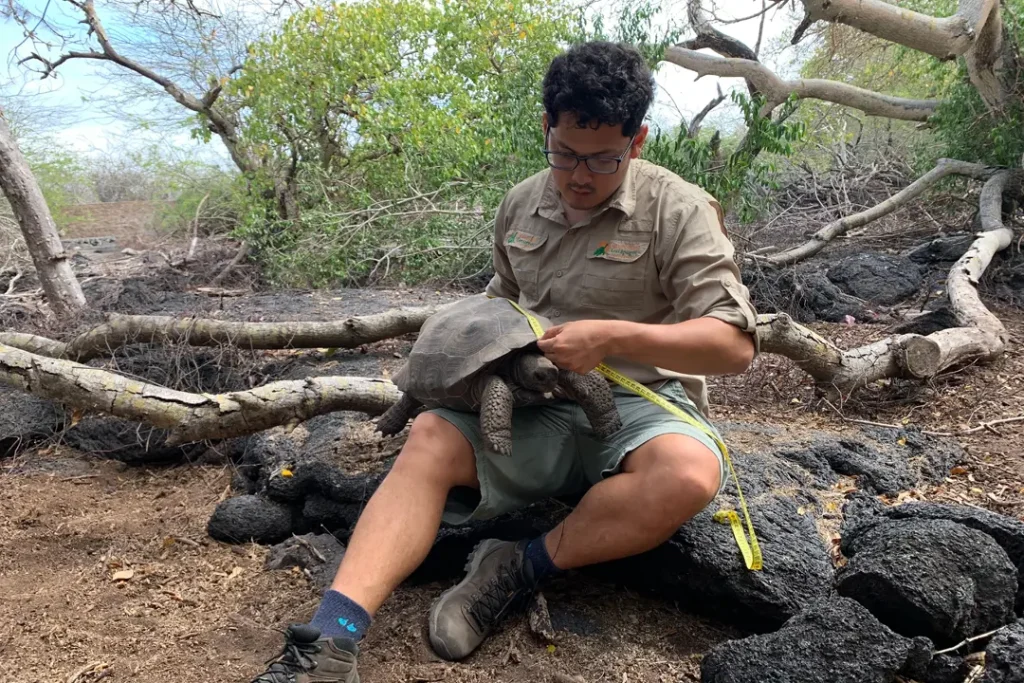
While there has been considerable progress in giant tortoise restoration efforts, significant challenges remain in ensuring their long-term survival.
Invasive species continue to pose a major threat on certain Galápagos islands: black rats and feral pigs raid nests, destroying eggs and hatchlings, severely impacting population recovery; feral dogs prey on juveniles in some locations, and fire ants threaten hatchlings in others; cattle also damage tortoise habitat and nests; some invasive plants, mainly guava and blackberry, alter tortoise habitats, making them impenetrable even to adult tortoises.
Climate change presents an additional risk. Even small temperature fluctuations in nesting sites can disrupt egg development. Unfortunately, these shifts also generate conditions more favorable to invasive species. Understanding these environmental changes is essential for developing adaptive conservation strategies to safeguard tortoise populations.
You Can Be Part of the Story!
At Galápagos Conservancy, our commitment to protecting giant tortoises is unwavering. Through our Iniciativa Galápagos program, we have achieved significant milestones, including:
- Reintroducing tortoises to their natural habitats, giving them a second chance at life in the wild.
- Enhancing breeding center infrastructure, dramatically improving incubation and rearing success rates.
- Expanding monitoring programs, providing crucial data to ensure long-term population stability.
But our work isn’t finished. The continuous modernization of breeding centers and ongoing restoration of natural habitats is essential for securing a thriving future for these gentle giants. Every tortoise that returns to its native island represents not just hope and resilience, but a tangible step towards restoring a vibrant ecosystem.
Your support directly fuels our efforts to protect these emblematic species. Donate today to become a part of their remarkable comeback story.
Together, we can ensure that giant tortoises continue to roam the Galápagos Islands for generations to come!
Share:
